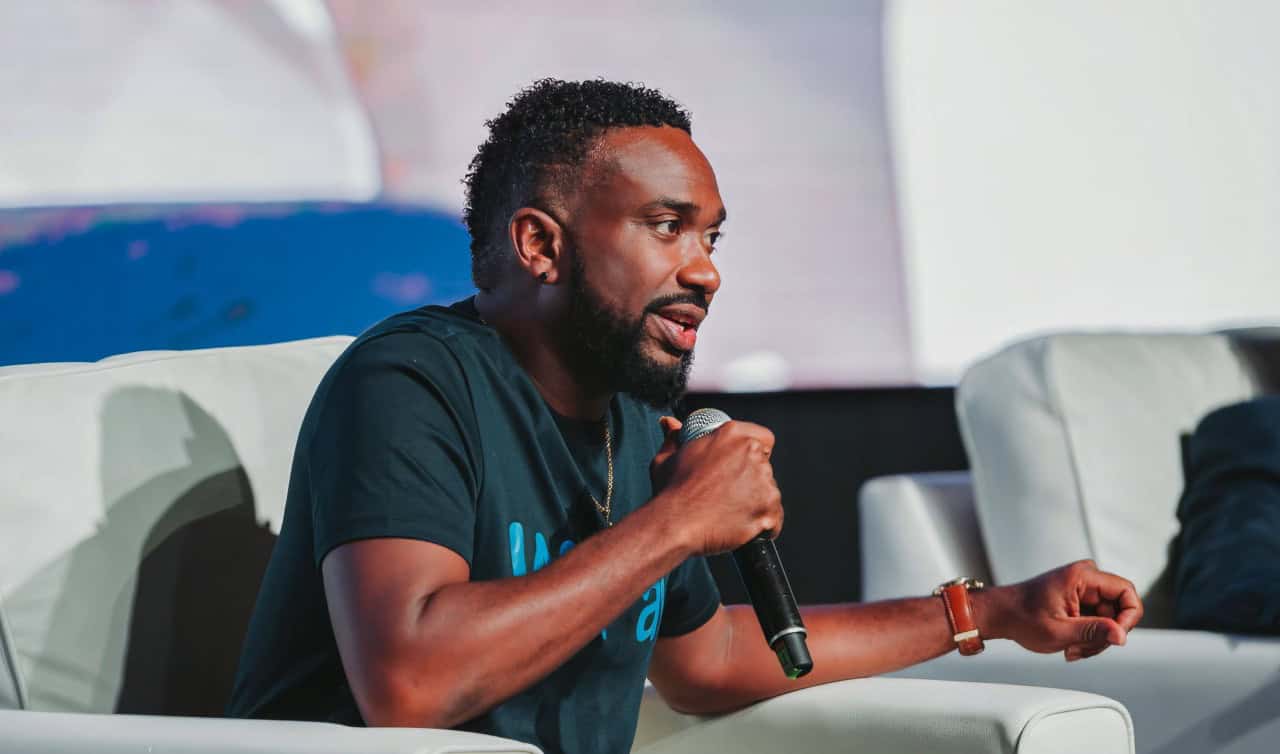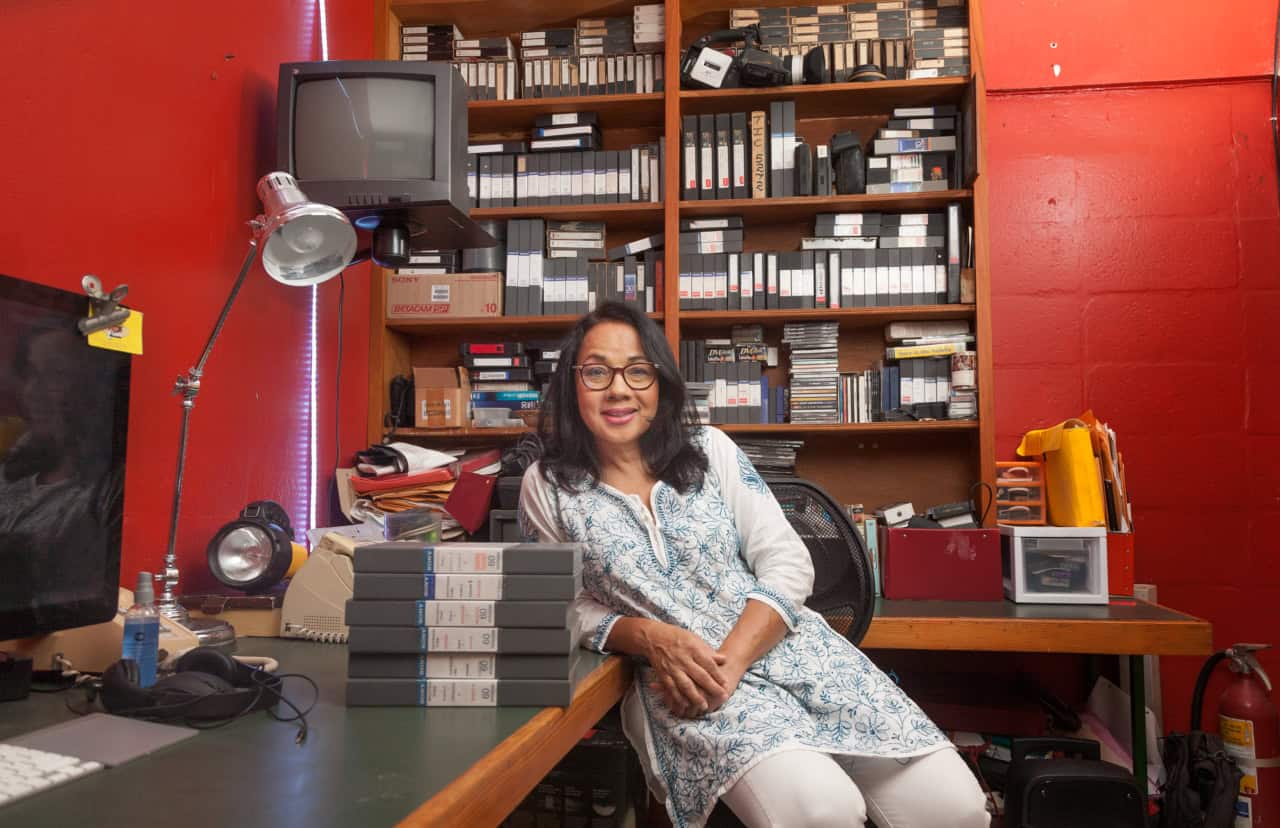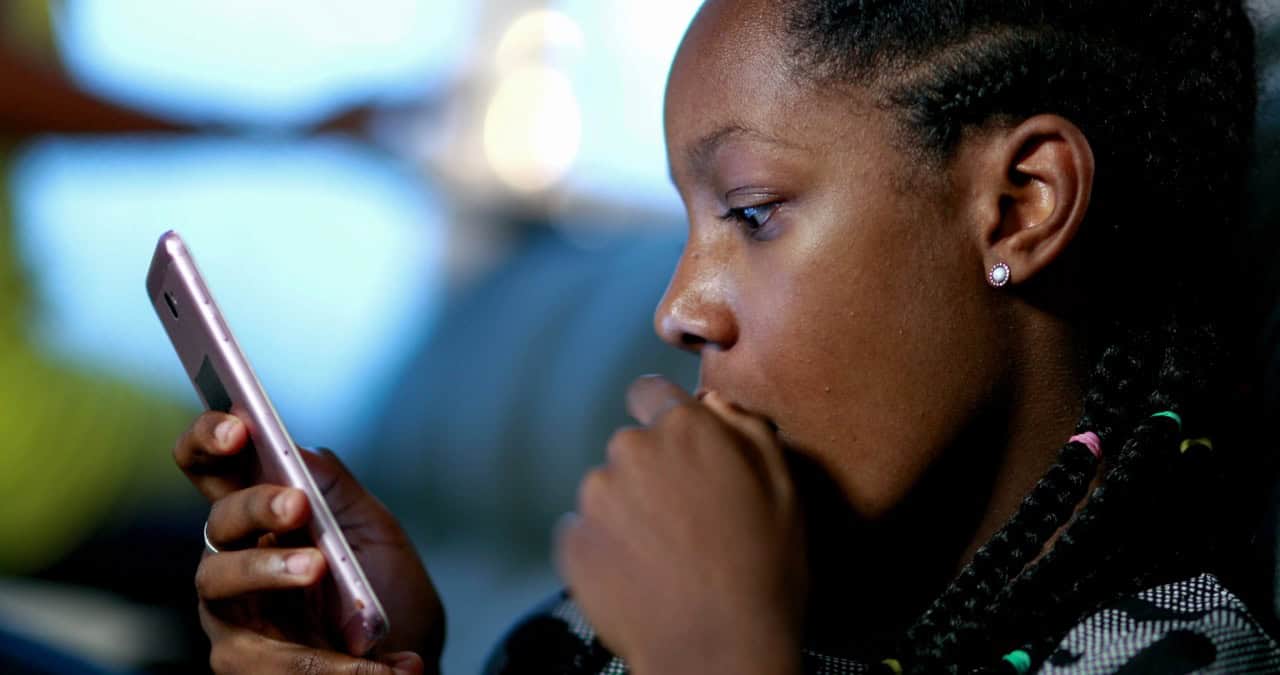
Samsung’s S24 family of smartphones, introduced in January. Photos courtesy Samsung.
BitDepth#1444 for February 05, 2024
It’s arguable that the biggest news T.M. Roh, head of mobile brought from Samsung’s head office at its January 17th Unpacked event was the news that its new S24 line would support seven years of security updates and seven generations of Android OS updates.
It’s great that the company is using more recycled materials in its phones and packaging, but not having to retire a functioning smartphone because it can’t be updated anymore is a more decisive effort at reducing technology waste.
The company announced it is making S24 series batteries from 50 per cent recycled cobalt and its magnets are made from 100 percent recycled rare earth materials.
The other big introduction on the S24 series is the introduction of real-time, two-way voice translations while on calls and simultaneous translation for text messages and chats.
At launch, the S24 line will support Chinese, English, French, German, Hindi, Italian, Japanese, Korean, Polish, Portuguese, Thai, Spanish and Vietnamese as translation languages using Google’s Gemini Nano AI language model, a scaled down on-device version.
Google introduced Gemini Nano for its Pixel 8 Pro smartphone in December as a transcription and summary tool for the phone’s Recorder app.
Those voice summaries are also available to S24 users and the Gemini AI features are expected to become available to S23 era users (including the Flip and Fold released in 2023) in a future software update.
Transcriptions and translations happen on the device, but summaries require an internet connection.
It isn’t clear how well the voice translations and summary services work on the new Samsung devices, but Google has a long history of investing in improving the quality of its translations online and Samsung has signed a multi-year deal with Google for its cloud and Gemini technologies.

Another Google powered tool, Circle to Search, is an adaptation of Google Lens that analyses anything circled on the phone’s screen and runs a search on the object.
The new S24 screens dispense summarily with the premium smartphone’s curved edge design, long a distinguishing signature of its S series devices, but is now made using Gorilla Glass Armor, said to be significantly more resistant to damage.
The S24 and S24 Pro are made using Armor Aluminium, but the S24 Ultra is made from titanium, a light, strong metal that’s also used in the iPhone Pro Max.
The centrepiece of Samsung’s premium smartphone lineup is the constantly evolving and improving camera system.
The S24 makes few changes to the winning lineup of lenses available on the earlier S23, which in turn incrementally improved the specifications of the S22 (reviewed here.
The rear lens lineup on the new Ultra is as follows; main camera: 200-megapixel f/1.7, ultrawide: 12 megapixel f2.2, 3x telephoto: 10 megapixel f2.4, 5x telephoto: 50 megapixel f/3.4.
Gone is the 10x 230mm equivalent lens, replaced by a more rational 5X telephoto lens with a beefier sensor.
Here’s a dirty secret that no smartphone manufacturer will tell you.
Intermediate focal lengths, the lens designations between the actual hardware your phone offers, can sometimes be sketchy and all digital zoom operations, zooming in on a subject beyond any lens designation, results in painfully bad interpolation artifacts.
So technically, a 5x lens with a 50 megapixel sensor is likely to give you a better actual photo if you crop it to the image that would have been captured by a 10x or 20x digitally zoomed lens.
Also, really long lens focal lengths are problematic on the form factor of a smartphone, which is usually handheld. Camera shake will also degrade image quality.

So short answer? A 10x lens digitally zoomed to 20x and beyond and enhanced by software interpolation will deliver cool results, but the images will be largely unusable.
AI rears its head in the camera system as well. There’s a new ProVisual engine that purports to improve photos using artificial intelligence, including AI powered image editing makes image falsification easier.
Samsung will add its multi-star watermark and a tag to metadata to note changes to the original capture.
But wholesale image alteration at capture is now a convenient, AI powered smartphone thing.
That sends a chill down my spine.
Things that are good.
Samsung is extending support for QuickShare, its file sharing system, to all Android devices and Windows PCs. The stylus on the Ultra is included and fits neatly into the body.
A thing that is so-so.
Pricing on the S24 and S24 Pro remain at US $799 and $999, respectively, but the S24 Ultra increases by $100 to $1,299.
A thing that is inexplicable.
With all these Google collaborations, Bixby is still around. Has anyone, anywhere, ever used Bixby?





































